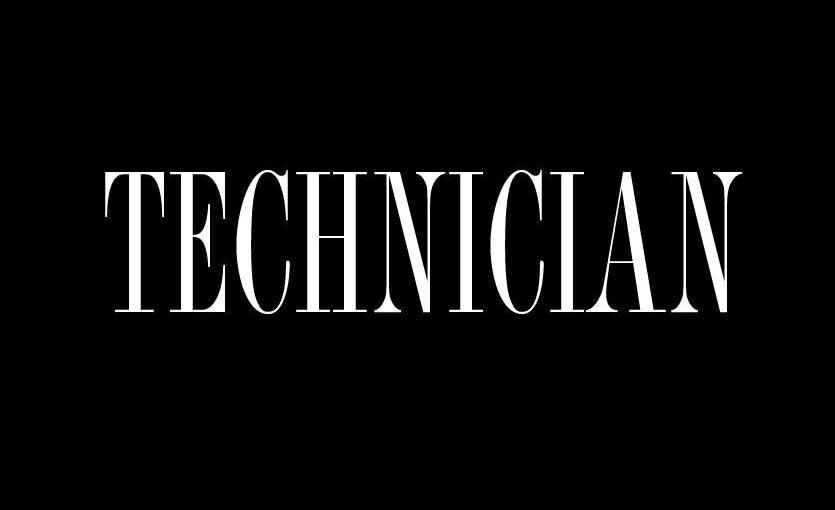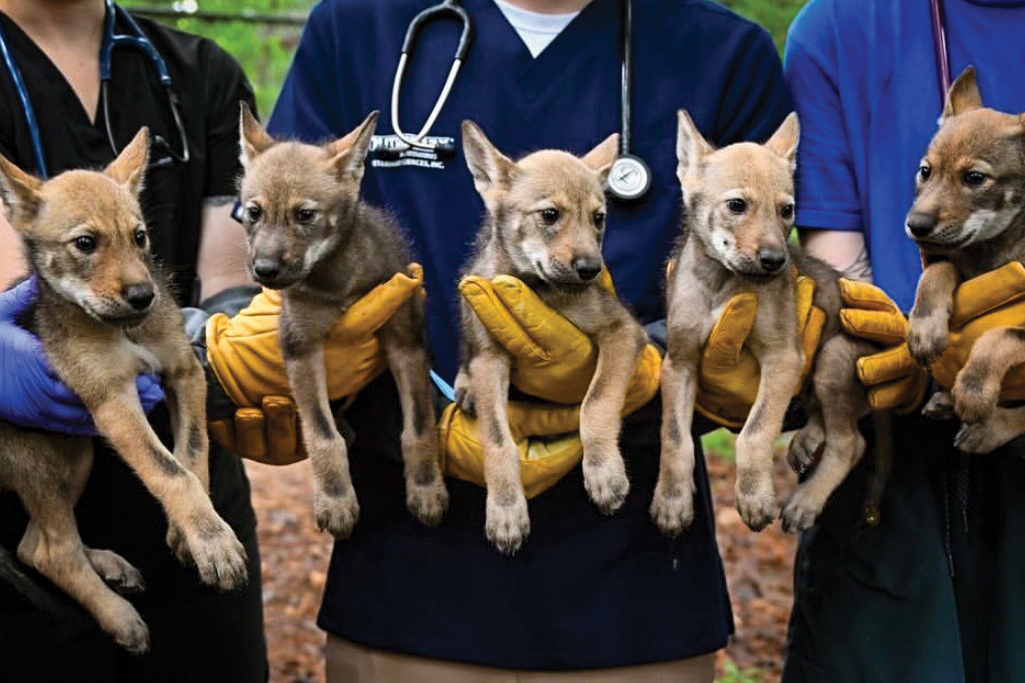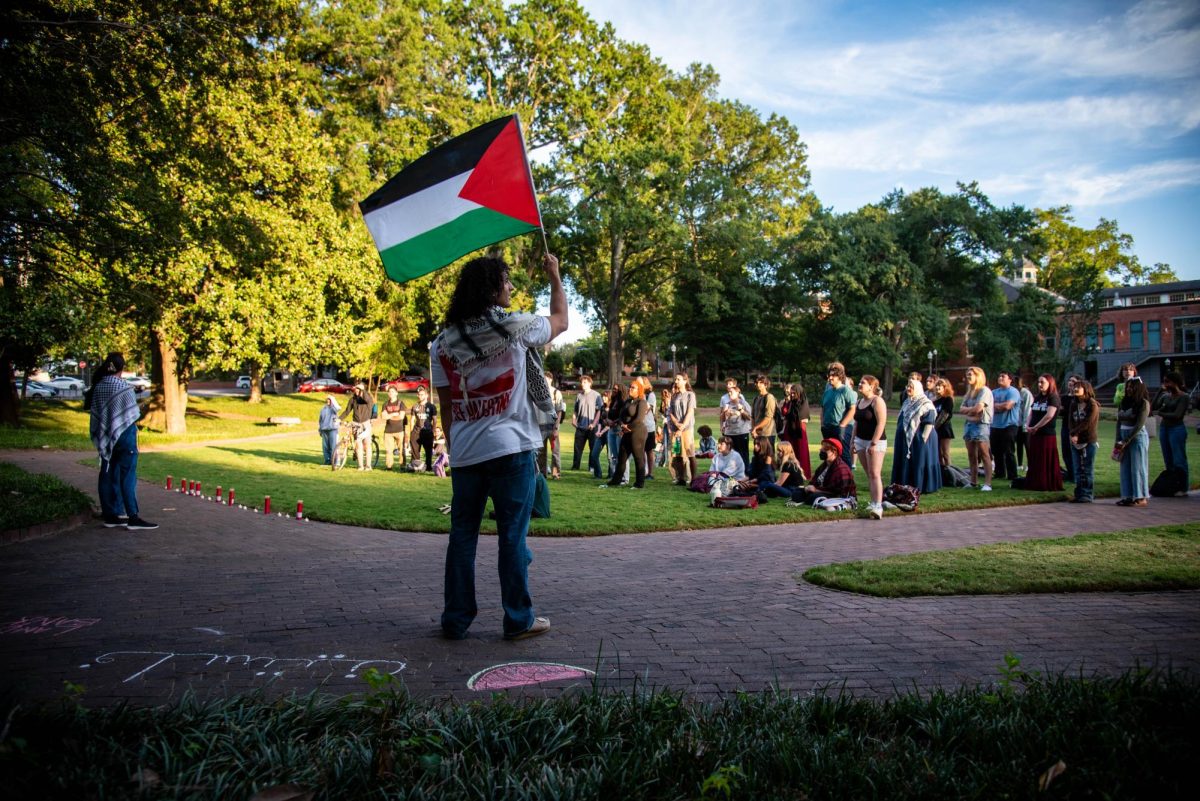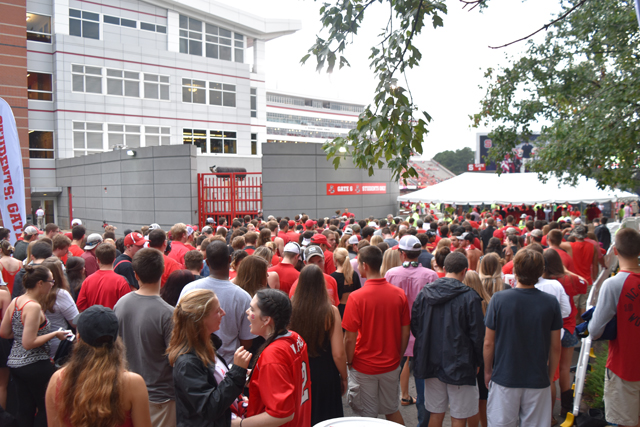I credit my love of elections to the fact that they frequently coincide with my birthday. The clanking of voting booths is as familiar as the tearing of wrapping paper. With the day off of school, I would sleep in late and stay up all night for the rapid-fire result shows. As a kid, it seemed like all of America was putting on a big show just for me.
Despite this, I grew up with a gloomy view of Election Day.
Before I developed as a scientist, and learned that correlation does not equal causality, I just assumed that it always rained on Election Day. It was a comfortable and predictable part of my childhood mythology. After asking around, some of my friends felt the same way.
I struggled with how I would justify this topic, although I knew it meant something to me. “I want to explain why it always rains on Election Day,” I said. “I could find out whether Republicans or Democrats are more rain-averse.” I didn’t have as much luck solving the latter question.
Surprisingly, it’s entirely a coincidence. But coincidences can still impact the outcomes.
Much like the nation’s political preferences, Election Day weather conditions are split right down the middle.
The past 62 years include 31 midterm or presidential elections. Only 13 – slightly less than half – had measurable rain in Raleigh. Including foggy and drizzly days that bump that number closer to 50%.
If your memory doesn’t go past the 1990s, you could be forgiven for associating elections with umbrellas. Of the nine most recent major Election Days, seven were rainy here in Raleigh. That’s 78 percent! In some cities like Charlotte, that figure increases to 8 of 9.
But don’t lay down any money in Vegas – the long-term average indicates that this rainy streak is just a fluke. For example, someone growing up in the 1950s or 1960s would remember 10 out of 11 Election Days being cold, clear and dry.
The names on the ballot are normally a more important factor than the weather conditions. In close races, however, lower turnout can tip the balance. Older voters and those without vehicles may be more wary of heading out in heavy rain.
The climatic averages provide some additional context. According to the Southeast Regional Climate Center, Raleigh’s average highs should be in the mid-60s during the first week of November, with morning lows in the lower-40s. Greensboro and Charlotte boast similar numbers, with Wilmington about five degrees warmer. Asheville runs five degrees cooler.
The mild averages are hiding extremes. Since World War II, Raleigh’s warmest Election Day was a sunny and stifling 81 degrees on November 2, 2004. On the other hand, voters braved arctic 23 degree air on the morning of November 8, 1960 to elect John F. Kennedy, Governor Terry Sanford, and Senator B. Everett Jordan.
An early look at the forecast for Tuesday indicates a chance for showers again this year. If you don’t want to stand in line to vote with raingear, remember that early voting continues through Saturday.




